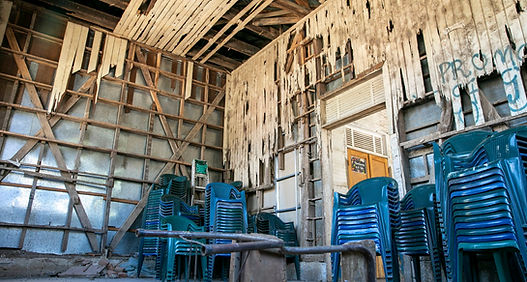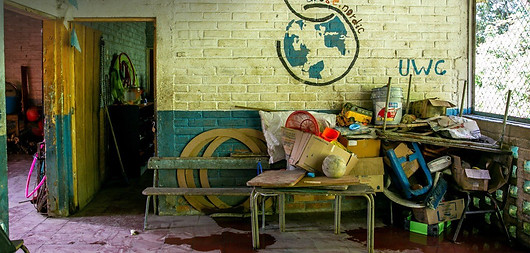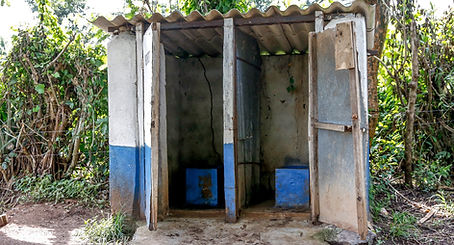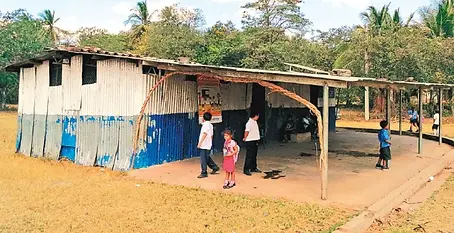The Educational System in EL Salvador




Similar to many Latin American countries, El Salvador experiences an unequal distribution of income, which is evident in the accessibility to knowledge and skills. Children from wealthier families have better opportunities to learn and attend superior schools, while those who are poor or reside in rural areas face limited educational prospects. This disparity often results in a lack of interest in school among poorer children, leading to academic failure. Even when free education is available, children may not be able to benefit from it fully; for instance, they might need to stay home to help their families generate income. Historically, disadvantaged populations in El Salvador have been deprived of educational opportunities due to the exploitation of these communities for cheap labor by oligarchies. Statistics indicate that only 82% of children advance to the 9th grade. Of those eligible for secondary school after completing 9th grade, only 33% enroll.
Approximately 85% of school infrastructure remains in poor condition. Significant portions of education workers criticize the inefficiency of the 2021 educational policy plan, "Mi Nueva Escuela," noting that only 70 centers in San Salvador's metropolitan area have received infrastructural improvements, while the remaining 600 continue to suffer from substantial structural damage affecting educational quality and student safety. El Salvador is located in a region with high seismic activity, which annually costs 0.7% of the country's GDP. Other natural disasters such as floods and landslides are also common and cause considerable damage to educational centers. Most centers lack proper infrastructure to withstand such disasters and there has been insufficient focus on repairing many schools. Research indicates that inadequate infrastructure directly affects student learning quality and teacher performance, highlighting the importance of ensuring the right to education.
El Salvador implemented strict measures during the Covid-19 pandemic, keeping educational centers closed from March 2020 to April 2021. Though specific data on the pandemic's effects are limited, some estimates suggest a learning loss of 1.2 years. The pandemic further damaged educational quality, with student performance significantly declining in secondary education, achieving less than a 50% success rate in languages and mathematics. These results imply that remote education failed to motivate students and proved challenging even for those with necessary resources. During Covid-19, less than 20% of rural families had internet access, and only 19.6% had computer access in 2019, underscoring the digital divide.
There are pronounced discriminatory divides within El Salvador's educational system. Rural schools receive fewer resources and less attention compared to urban schools. Low student performance and educational quality primarily affect rural areas and the public sector, indicating a correlation with wealth disparities. Gender analysis reveals higher illiteracy rates among women and higher dropout rates among men.
It is crucial to address the inequalities between rural and urban areas in El Salvador. Urban regions benefit from better resource allocation, higher student performance, lower dropout rates, and improved school attendance. Children in rural areas often lack parental support due to low parents' educational levels and demanding labor conditions. Families in rural areas typically have low economic status, exacerbating issues related to poverty and education. In 2018, approximately 74.88% of public educational centers were in rural areas. Educational challenges in these areas include school dropout rates due to employment pursuits, migrating to other countries, lack of material and technological resources, and poor transportation options where schools are distant from some students.
Broken Chalk: https://brokenchalk.org/educational-challenges-in-el-salvador-ensuring-the-right-to-education-amid-capricious-times/

